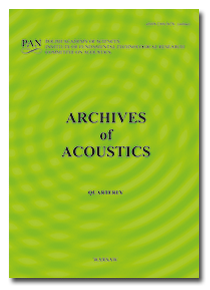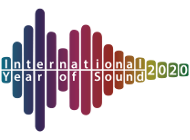Archives of Acoustics,
31, 4(S), pp. 177-181, 2006
Sine-wave windowed synthesis
Speech can be understood even when a 3-tone replica of speech is presented to a listener.
In tonal synthesis, called sine-wave synthesis (SWS), the output signal consists of number of
time-varying sinusoids that follow center frequencies and amplitudes of the first number of
formants of a natural utterance. In this paper we propose an alternative technique of speech
synthesis. It is based on the number of dominant frequency components present in the original
signal. In the proposed method, called sine-wave windowed synthesis (SWWS), the amplitudes
and frequencies of tonal components are changed in discrete steps in subsequent time
windows. Perceptual tests performed on Polish speech show that signals synthesized with the
SWWS technique are judged as more natural and intelligible than SWS speech.
In tonal synthesis, called sine-wave synthesis (SWS), the output signal consists of number of
time-varying sinusoids that follow center frequencies and amplitudes of the first number of
formants of a natural utterance. In this paper we propose an alternative technique of speech
synthesis. It is based on the number of dominant frequency components present in the original
signal. In the proposed method, called sine-wave windowed synthesis (SWWS), the amplitudes
and frequencies of tonal components are changed in discrete steps in subsequent time
windows. Perceptual tests performed on Polish speech show that signals synthesized with the
SWWS technique are judged as more natural and intelligible than SWS speech.
Keywords:
sinewave synthesis, Polish speech intelligibility, speech coding.
Full Text:
PDF
Copyright © Polish Academy of Sciences & Institute of Fundamental Technological Research (IPPT PAN).





